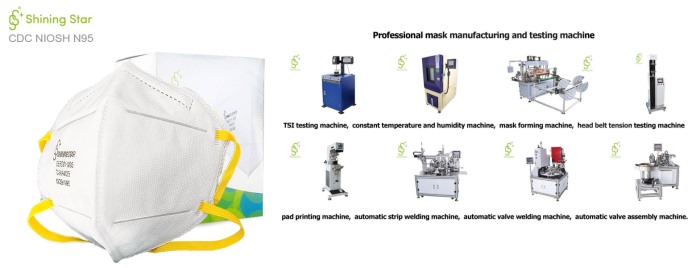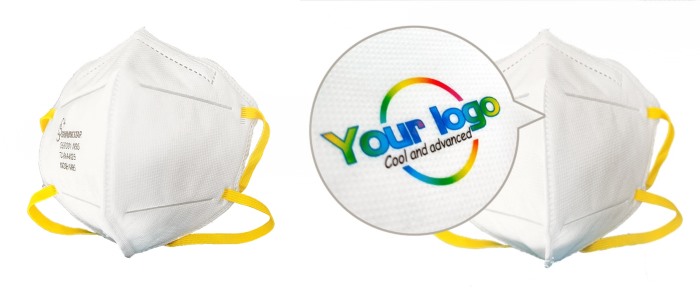Sanding respirator industrial health face mask, free shipping, 3-7 days delivery.
The Benefits Of Wearing A Respirator When Sanding
One of the most common mistakes I see is contractors wearing dust masks rather than NIOSH-approved respirators with particle filters. Dust masks are NOT respirators, and they offer no protection from dangerous dust, gases, or vapours. Respirators are designed to protect workers from breathing in hazardous dusts if used correctly.
If a respirator is used, it is necessary to have a respiratory protection program to ensure it is used correctly. OSHA requires employers to have a written respiratory protection program and to conduct training, fit tests, and medical assessments prior to workers using respirators. Protect your workers by selecting an appropriate respirator for the job, and making sure that it is used correctly according to manufacturers instructions and OSHA regulations.
Also, use these tips to make sure that whatever respirator you are using is working correctly. All respirators should also be fitted correctly: Tests are available to see if a respirator fits you correctly. Whether you choose to use a single-use, reusable, or powered dust-resistant respirator, one of these options can help protect your long-term health while working at a store.
Respirators are mostly different than dust masks because of their levels of filtering, closer fit on the face to provide protection, and incorporate a better adjustable strap for tighter fitting. I have never worn a paper dust mask, purely because it is much more comfortable, filters last much longer, and is far more effective in keeping dust at bay. Personally, I am going on whether or not I smell the dust, meaning that I will almost always wear a respirator, even if working outdoors.
After reading, you should be aware of different levels of protection from a dust mask, as well as the ratings systems used for respirator-grade PPE, before choosing one for your job. As you can see, the levels of protection defined here certainly will assist you when looking for a suitable dust mask to wear in the places of your woodworking workshop and while working on woodworking projects. While it seems like a common knowledge that it is necessary to wear a mask while working in your woodshop, it is worth noting that it is necessary that you should be wearing the correct dust mask for woodworking that will truly protect you. Here is all you need to know about Dust Mask Ratings: The same safety standards are used in Respirator ratings as well as Face Mask Specifications.
There are a lot of levels of protection when it comes to filtration of the air you are breathing, ranging from inexpensive paper masks which offer little to no protection, through to slightly better, single-use, either with or without breathing holes, and up to fully fitted, rubber-gasket, P100-rated face-masks that filter airborne particles as small as 0.3 microns. Niosh-approved particulate respirators offer a higher level of filtering, and, if used correctly, significantly reduce the amount of dust or particles in the air drawn through a respirator. Respirators protect workers from insufficient oxygen environments, hazardous dust, fog, smoke, mist, gases, vapors, and sprays. Now, if you have facial hair, as I do, especially if you have a full beard, that may break the seal on other dust-resistant respirators like these, as they cannot fully contact your face, but they do provide those of us who do grow facial hair with the protection that we need.
100+ styles of NIOSH N95 face mask, KN95 mask compare listing sandingrespirator.com



